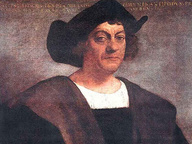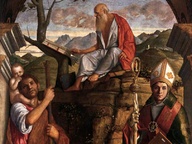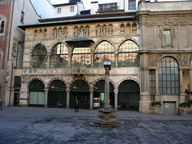Umbria National Gallery
Perugia, Corso Pietro Vannucci 19
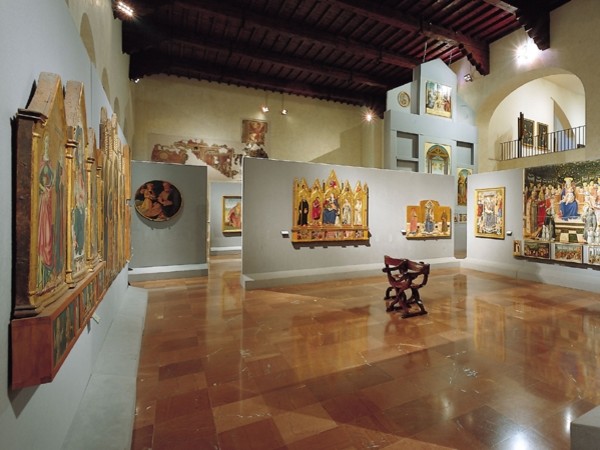
- Address: corso Pietro Vannucci 19
- E-Mail: gan-umb@beniculturali.it
- Phone#: +39 075 5721009
DESCRIZIONE:
National Gallery of Umbria The Galleria Nazionale dell’Umbria is hosted in the upper floors of Palazzo dei Priori, with the entrance in Corso Vannucci. Born from the original nucleus of works from the local Academy of Fine Arts of Perugia—second half of the 16th century—the collection grew significantly between the end of the 1700s and the first half of the 1800s, and later was further enriched as a consequence of the suppression of the religious orders by the Unitarian State. The current Museum arrangement, inaugurated in December 2006, occupies a surface of 4,000sq meters distributed on two levels. The prestigious collection, chronologically ordered, includes a wide variety of works, which range from paintings on wooden panels, canvases and frescoes, to sculptures in wood and marble, to goldsmiths and fabrics, all highly representative of Italian artistic production between the 13th and 19th century. Among the masterpieces of the medieval and Renaissance periods, the works of Arnolfo di Cambio, Nicola and Giovanni Pisano, Duccio di Boninsegna, Gentile Da Fabriano, Beato Angelico, Benozzo Gozzoli, Piero della Francesca and Francesco di Giorgio Martini stand out. Much space is given to Umbrian painters such as Benedetto Bonfigli, Bartolomeo Caporali and Fiorenzo di Lorenzo, and in particular to the renowned paintings of Perugino, Pintoricchio and their pupils and followers. Some sections are dedicated to the masterpieces of the Sienese goldsmiths and to the traditional “Perugian tablecloth”, to the production of ceramics and floor tiles of the 15th and 16th centuries and to the collection of drawings, among them a precious sanguine and ink Sketch by Federico Barocci. The display path continues with painting and sculptural evidence from the 1600s, 1700s and 1800s, among them the works of Pietro da Cortona, Orazio Gentileschi, Francesco Trevisani and Sebastiano Conca, and concludes with the thematic exhibitions dedicated to 19th century Perugian topography and the Carattoli Collection.
National Gallery of Umbria The Galleria Nazionale dell’Umbria is hosted in the upper floors of Palazzo dei Priori, with the entrance in Corso Vannucci. Born from the original nucleus of works from the local Academy of Fine Arts of Perugia—second half of the 16th century—the collection grew significantly between the end of the 1700s and the first half of the 1800s, and later was further enriched as a consequence of the suppression of the religious orders by the Unitarian State. The current Museum arrangement, inaugurated in December 2006, occupies a surface of 4,000sq meters distributed on two levels. The prestigious collection, chronologically ordered, includes a wide variety of works, which range from paintings on wooden panels, canvases and frescoes, to sculptures in wood and marble, to goldsmiths and fabrics, all highly representative of Italian artistic production between the 13th and 19th century. Among the masterpieces of the medieval and Renaissance periods, the works of Arnolfo di Cambio, Nicola and Giovanni Pisano, Duccio di Boninsegna, Gentile Da Fabriano, Beato Angelico, Benozzo Gozzoli, Piero della Francesca and Francesco di Giorgio Martini stand out. Much space is given to Umbrian painters such as Benedetto Bonfigli, Bartolomeo Caporali and Fiorenzo di Lorenzo, and in particular to the renowned paintings of Perugino, Pintoricchio and their pupils and followers. Some sections are dedicated to the masterpieces of the Sienese goldsmiths and to the traditional “Perugian tablecloth”, to the production of ceramics and floor tiles of the 15th and 16th centuries and to the collection of drawings, among them a precious sanguine and ink Sketch by Federico Barocci. The display path continues with painting and sculptural evidence from the 1600s, 1700s and 1800s, among them the works of Pietro da Cortona, Orazio Gentileschi, Francesco Trevisani and Sebastiano Conca, and concludes with the thematic exhibitions dedicated to 19th century Perugian topography and the Carattoli Collection.
COMMENTI
LE MOSTRE
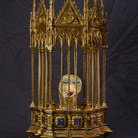 L’età dell’oro. I capolavori dorati della Galleria Nazionale dell’Umbria incontrano l’Arte Contemporanea
DAL 26/10/2024 AL 19/01/2025
L’età dell’oro. I capolavori dorati della Galleria Nazionale dell’Umbria incontrano l’Arte Contemporanea
DAL 26/10/2024 AL 19/01/2025
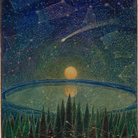 OMAGGIO A DOTTORI. DIVISIONISTA, FUTURISTA E AEROPITTORE 1906-1942
DAL 12/10/2024 AL 19/01/2025
OMAGGIO A DOTTORI. DIVISIONISTA, FUTURISTA E AEROPITTORE 1906-1942
DAL 12/10/2024 AL 19/01/2025
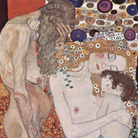 Un capolavoro a Perugia - KLIMT. Le tre età
DAL 28/06/2024 AL 15/09/2024
Un capolavoro a Perugia - KLIMT. Le tre età
DAL 28/06/2024 AL 15/09/2024
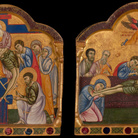 L’enigma del Maestro di San Francesco. Lo stil novo del Duecento umbro
DAL 10/03/2024 AL 09/06/2024
L’enigma del Maestro di San Francesco. Lo stil novo del Duecento umbro
DAL 10/03/2024 AL 09/06/2024
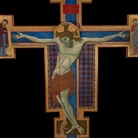 Il Maestro di San Francesco e lo stil novo del Duecento umbro
DAL 09/03/2024 AL 09/06/2024
Il Maestro di San Francesco e lo stil novo del Duecento umbro
DAL 09/03/2024 AL 09/06/2024
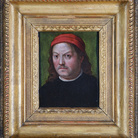 SGUARDI SU PERUGINO. Dall’età moderna al contemporaneo
DAL 28/10/2023 AL 14/02/2024
SGUARDI SU PERUGINO. Dall’età moderna al contemporaneo
DAL 28/10/2023 AL 14/02/2024
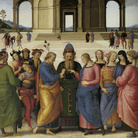 “Il meglio maestro d’Italia”. Perugino nel suo tempo
DAL 04/03/2023 AL 11/06/2023
“Il meglio maestro d’Italia”. Perugino nel suo tempo
DAL 04/03/2023 AL 11/06/2023
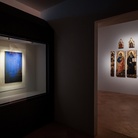 NUNZIO INCONTRA PERUGINO
DAL 12/11/2022 AL 09/01/2023
NUNZIO INCONTRA PERUGINO
DAL 12/11/2022 AL 09/01/2023
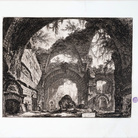 Giovanni Battista Piranesi nelle collezioni della Galleria Nazionale dell’Umbria
DAL 30/09/2022 AL 08/01/2023
Giovanni Battista Piranesi nelle collezioni della Galleria Nazionale dell’Umbria
DAL 30/09/2022 AL 08/01/2023
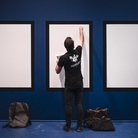 TESSERE. Intrecci sonori e visivi per la Galleria Nazionale dell’Umbria
DAL 30/08/2022 AL 06/10/2022
TESSERE. Intrecci sonori e visivi per la Galleria Nazionale dell’Umbria
DAL 30/08/2022 AL 06/10/2022
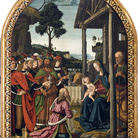 Nuovo allestimento per la Galleria Nazionale dell'Umbria
DAL 01/07/2022 AL 01/07/2022
Nuovo allestimento per la Galleria Nazionale dell'Umbria
DAL 01/07/2022 AL 01/07/2022
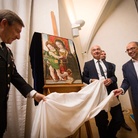 Pinturicchio. Madonna col Bambino
DAL 10/08/2019 AL 26/01/2020
Pinturicchio. Madonna col Bambino
DAL 10/08/2019 AL 26/01/2020
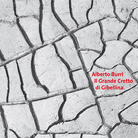 Alberto Burri. Il Grande Cretto di Gibellina di Massimo Recalcati - Presentazione
DAL 02/11/2018 AL 02/11/2018
Alberto Burri. Il Grande Cretto di Gibellina di Massimo Recalcati - Presentazione
DAL 02/11/2018 AL 02/11/2018
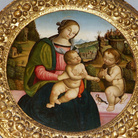 ‘Tutta l’Umbria una mostra’. La mostra del 1907 e l’arte umbra tra Medioevo e Rinascimento
DAL 11/03/2018 AL 10/06/2018
‘Tutta l’Umbria una mostra’. La mostra del 1907 e l’arte umbra tra Medioevo e Rinascimento
DAL 11/03/2018 AL 10/06/2018
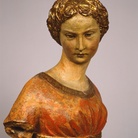 L’Annunciata di Jacopo della Quercia
DAL 22/12/2016 AL 30/03/2017
L’Annunciata di Jacopo della Quercia
DAL 22/12/2016 AL 30/03/2017
Map
